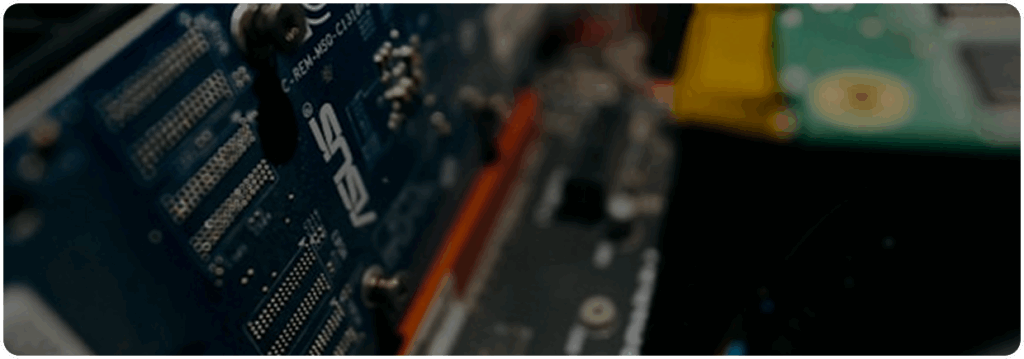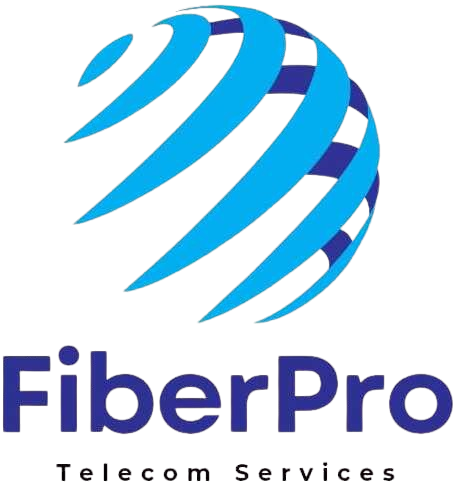Telecom Equipment Guide
What is OTDR?
A tool for testing and troubleshooting fiber optic cables.
– Measures fiber length, detects faults like breaks or bends, and checks splice/connector losses.
How to Use OTDR – Step-by-Step
- Preparation Before Testing
– Clean fiber and connectors
– Choose correct wavelength (1310nm/1550nm)
– Set pulse width, range, and averaging time - Connect OTDR to Fiber
– Use a launch cable (mandatory)
– Use a receive cable (optional for accuracy) - Perform the Test
– Start test, wait for scan
– Analyze the trace: reflections, losses, attenuation - Analyze & Save
– Identify events (splices, bends, breaks)
– Check dB loss (e.g. < 0.3 dB per connector)
– Save the result and generate reports - Troubleshooting
– High loss or break? → Check for dirty connectors, tight bends, damage
– Noisy trace? → Increase averaging time, adjust pulse width
A tool for testing and troubleshooting fiber optic cables.
– Measures fiber length, detects faults like breaks or bends, and checks splice/connector losses.
Important Tips
✔ Always use launch cable
✔ Clean all connectors
✔ Use proper wavelength (1310nm / 1550nm)
✔ For longer fibers, use longer pulse width

CLIENT
Clean fiber and connectors
ROLE
Analyze & Save
SERVICE
Connect OTDR to Fiber
YEAR
2023


